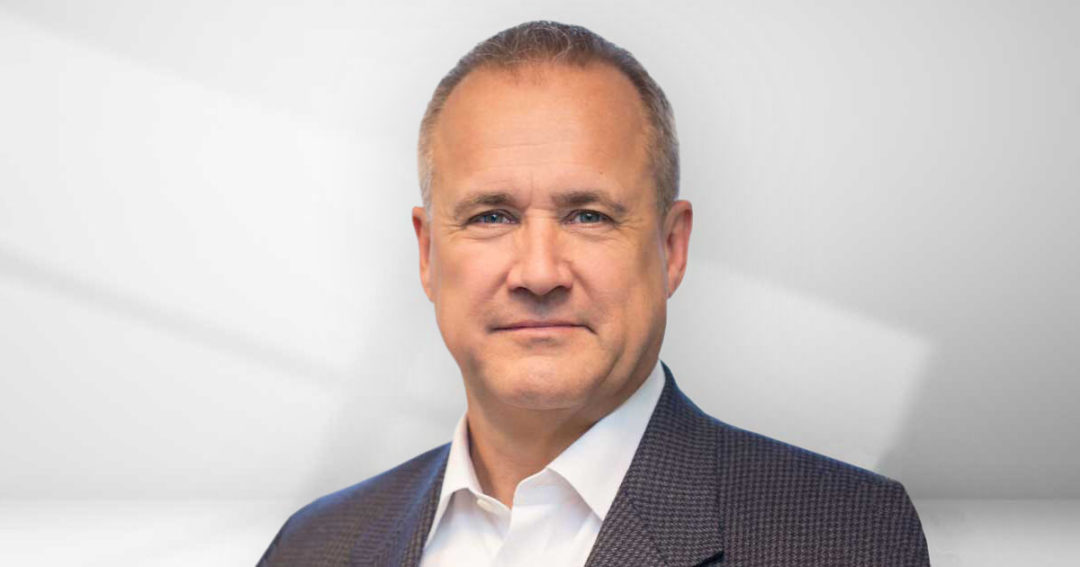
Service to community takes many forms
The idea of service to others is deeply embedded in what we do.
There’s plenty to like about the credit union difference. It puts people above profits, promotes financial well-being for all, and advances communities.
Credit unions—as member-owned, not-for-profit financial cooperative—play an important role in the community. We keep profits in the community, not sent away to shareholders. We know our members, and we go above and beyond to meet their needs as they arise.
But there’s more to being a part of a community. Service to those communities can take many forms, and credit unions have a natural part to play there as well.
Our core mission to provide access to credit happens to be a foundation of many community service organizations—with good reason. The demonstrated link between financial health and physical health means we share a mission with many groups trying to improve peoples’ well-being, particularly those in marginalized communities.
Credit unions’ work with schools is a fantastic way to partner with the community to benefit everyone involved. Credit unions operate in-school, student-run branches; host financial reality fairs; and provide millions in scholarships to help local students invest in their dreams.
Credit unions also continuously search for new ways to embed themselves in their communities.
We recognized some outstanding community service partnerships with this year’s CUNA Awards, including:
City of Boston Credit Union for its partnerships with local substance abuse recovery centers, including men’s and women’s recovery homes, to teach budgeting, debt repayment, and credit rebuilding and repair.
Revity Credit Union (formerly GCS) in Granite City, Ill, which provides a free financial literacy program—available virtually and in the classroom—to more than 50 local schools. It also regularly coordinates with local schools on resources it can provide throughout the school year.
HomeTown Credit Union in Shenandoah, Iowa, which employs a full-time community education coordinator to create partnerships with local schools, nonprofits, and other community organizations. These generally come in the form of free lessons and workshops focused on financial empowerment.
These partnerships let credit unions do what we do best—improve people’s financial health—and target it to groups that need it.
I encourage you to continue to explore ways to deepen ties with your communities. Seek organizations that share your priorities. Coordinate with government agencies on ways to advance your communities.
Financial health isn’t just a cornerstone of overall well-being, it’s something we as a movement excel at.
The GoWest Foundation recently received a $9 million grant to pilot a credit-building program to expand access to capital for small business owners and entrepreneurs from underserved communities.
The Cooperative Credit Union Association partnered with the American Red Cross to ensure credit unions can respond quickly and efficiently to those affected by disasters.
These partnerships with governments and major philanthropic organizations are possible because of our reputation for helping people.
The National Credit Union Foundation recently accepted a Gold U.S. President’s Volunteer Service Award on behalf of our movement, recognizing more than 6,000 credit union volunteer hours in support of Junior Achievers.
Credit unions can play a tremendous role in their communities, and I’m proud to see so many examples already out there.
The idea of service to others is already deeply embedded in what we do. Community service is simply a chance to go deeper.
“People helping people” isn’t confined to the walls of a branch or even our membership. It should remind us what we’re capable of, and what the credit union difference really means.
JIM NUSSLEis president/CEO at Credit Union National Association.
